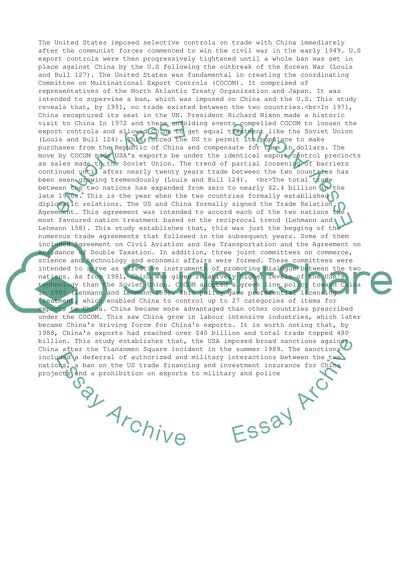Cite this document
(“The US-China trade relationship Research Paper Example | Topics and Well Written Essays - 2750 words”, n.d.)
Retrieved from https://studentshare.org/business/1403279-the-trade-relationship-between-china-and-america
Retrieved from https://studentshare.org/business/1403279-the-trade-relationship-between-china-and-america
(The US-China Trade Relationship Research Paper Example | Topics and Well Written Essays - 2750 Words)
https://studentshare.org/business/1403279-the-trade-relationship-between-china-and-america.
https://studentshare.org/business/1403279-the-trade-relationship-between-china-and-america.
“The US-China Trade Relationship Research Paper Example | Topics and Well Written Essays - 2750 Words”, n.d. https://studentshare.org/business/1403279-the-trade-relationship-between-china-and-america.


